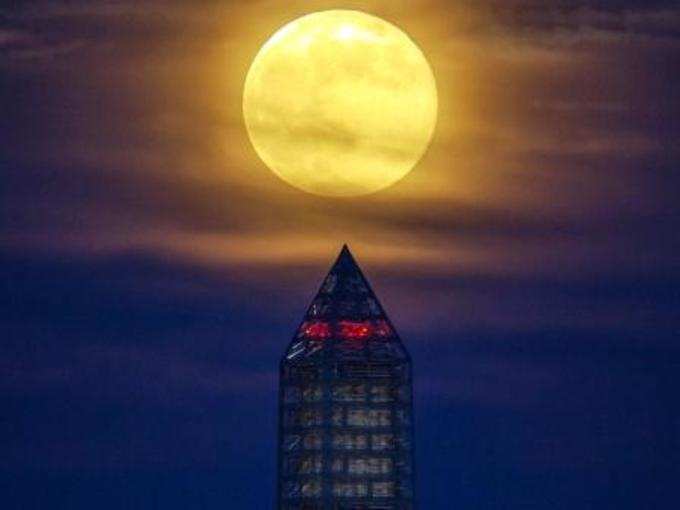
But hold on – you must be wondering by now what this supermoon is all about. As the name suggests, supermoon is the biggest ever Moon one gets to see when the Moon is at its
Now you understand that there’s a catch. The Moon can be closest to our planet and we may still not see it, if it’s a
Supermoon appears about 14% bigger and 30% brighter than the usual full moon, according to
“That is when illusion mixes with reality to produce a truly stunning view,” according to NASA. “For reasons not fully understood by
But even if it doesn’t show up on Thursday-Friday (January 30-31), three more supermoons will be coming up this year – on July 12, August 10 and September 9. And they will be all full moons, which are bound to look spectacular. Especially the August supermoon, as it will be closest to the Earth this year – some 356,896 km away. The full moon on March 19, 2011, was even closer, just 356,577 km away from the Earth. The last time the full moon was so close was in 1993, according to NASA. It was about 20% brighter and 15% bigger than a regular full moon.
However, the perigee or the nearest point between the Earth and the Moon can vary by as much as the Earth’s diameter. On an average, the Moon is about 30 Earth diameters away from the planet.
Interestingly, we also had a
As is common with any other astronomical phenomenon, the supermoon got its fair share of blame for a lot of maladies – right from causing insanity to devastating floods. Although those things are nothing but fiction, here is one alarming fact. The Moon is moving away from us and it could be totally gone one fine night. According to scientists, it was only 22,530 km away from the Earth in the beginning but now, it is about 384,402 km away. It has been found that the dear old egghead is gaining strength from Earth’s rotational energy and uses it to propel itself about 3.8 cm higher in its orbit. So it could really be bye-bye Moon one day and we suggest that you have your fill of it while it is still there.
Image: Wikimedia Commons